Wisconsin Trees In High Demand
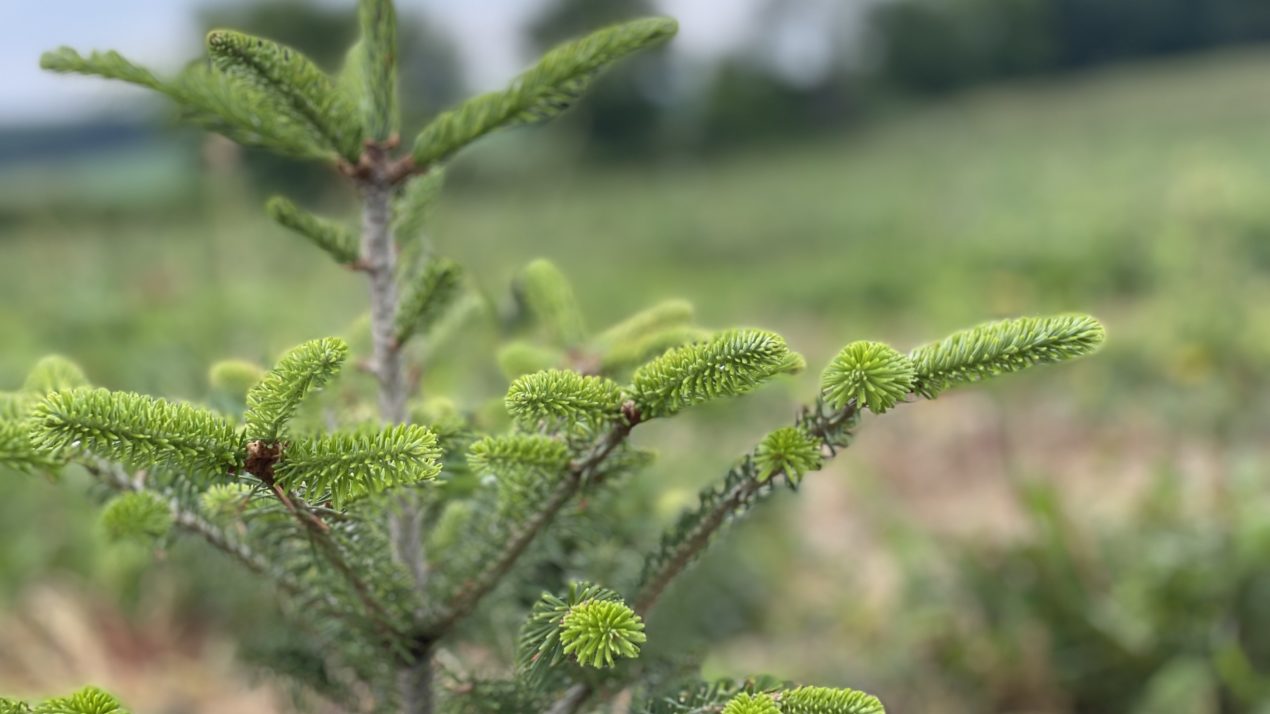
We’re thinking about your Christmas tree early this year here at the Mid-West Farm Report. Wisconsin ranks No. 4 in the nation for Christmas tree production following Oregon, Washington and Michigan, says Dean Lemky of the Wisconsin Christmas Tree Producers Association.
The association just got together for its annual summer convention after canceling the event last year due to the pandemic. This year, the organization focused on how to get involved in migrant worker programs to mitigate workforce strains and the value of GPS on the tree farm to save on fertilizers, for example.
Lemky, who is also the field manager at Central Wisconsin Evergreens, says it’s a good time to be a Christmas tree grower. He says the COVID-19 pandemic has accelerated business for producers statewide for a variety of reasons: the ease of social distancing while picking out a tree, an ache for tradition, and the value of family time.
He expects this year to be just as busy. As a wholesale business, all of Central Wisconsin Evergreens’ trees are spoken for, which is the same for other wholesale growers statewide, he says. It doesn’t just have to do with strong demand. The extreme heat, wildfires and droughts happening west of Wisconsin’s border are shrinking the supply of Christmas trees.
Lemky says consumers can expect a 10-15 percent hike in prices this year for a real tree. He adds that Wisconsin will boast a quality tree crop this year despite some harsh weather.
Crop Conditions Fall Slightly
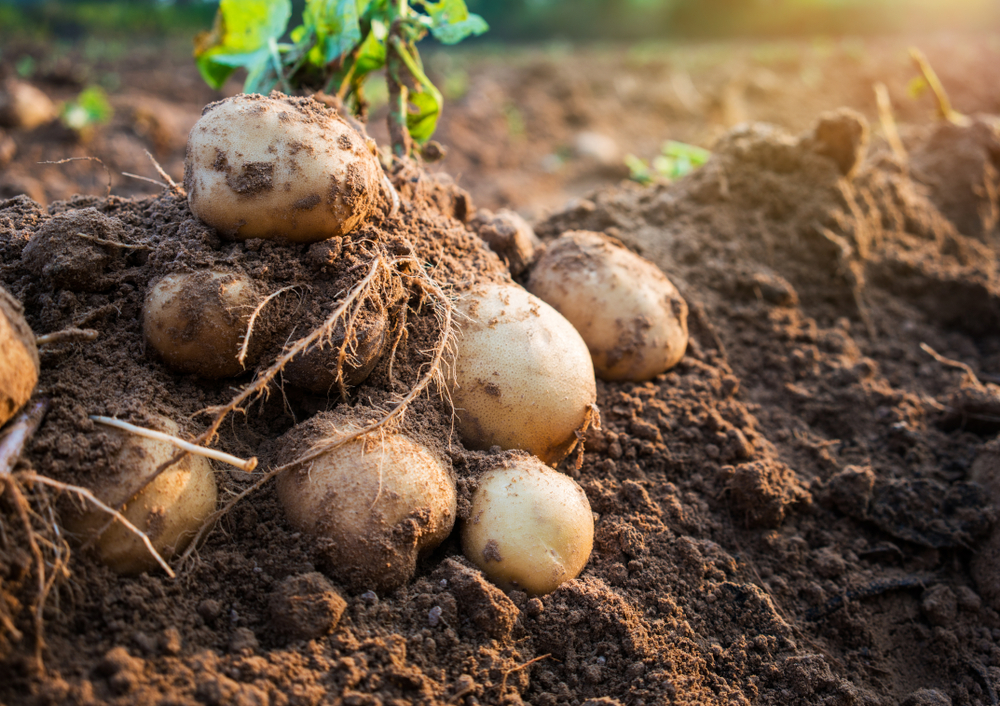
Crop conditions fall as Wisconsin sees higher than average temperatures and lower than average precipitation, according to the USDA’s National Agricultural Statistics Service.
Nearly three-quarters of corn is reported in the dough stage. That’s slightly behind last year but almost a week ahead of the five-year average. Nearly a quarter of corn is dented, just a few days ahead of last year and the average.
The USDA saw scattered reports of corn becoming mature, with 1 percent mature statewide, and a few reports of
farmers starting to chop corn for silage. Condition was 75 percent good to excellent, 5 percentage points below last week.
Soybeans are reported 89 percent setting pods, three days behind last year but two days ahead of the average. Seven percent of the soybeans are coloring, two days ahead of last year and more than a week ahead of the average. Soybean condition was 75 percent good to excellent, 2 percentage points below last week.
Three-quarters of oats in the state are harvested, five days behind last year and just ahead of the average.
Potato harvest is nearly a quarter complete. Potato condition is rated 92 percent good to excellent, 2 percentage points below last week.
The third cutting of alfalfa hay is 82 percent complete. The 4th cutting is 20 percent complete, a week ahead of last year and three days ahead of the average. All hay condition was rated 73 percent good to excellent, unchanged from last week.
And pasture condition was rated 61 percent good to excellent, 1 percentage point below last week.
Emergency Acres Available For Grazing
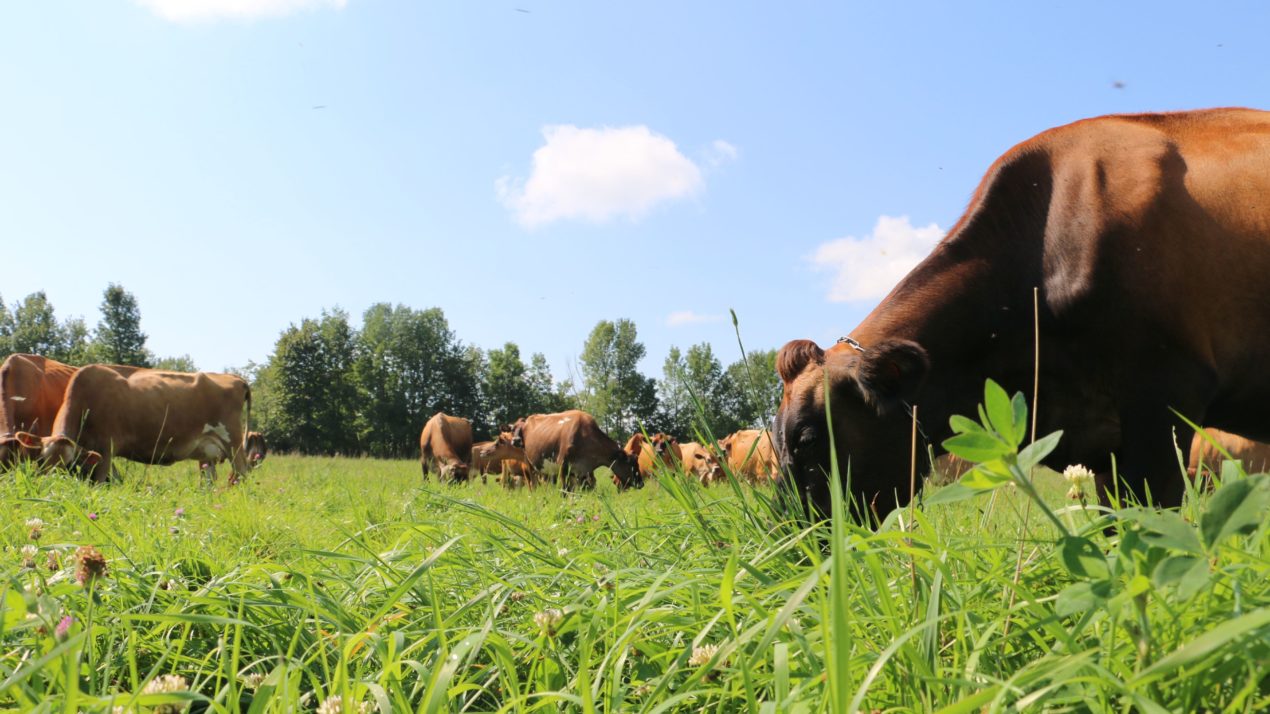
Ag producers impacted by drought can now request haying and grazing on Conservation Reserve Program acres in certain Wisconsin counties, while still receiving their full rental payment for the land.
Outside of the primary nesting season, emergency haying and grazing of CRP acres may be authorized to provide relief to livestock producers in areas affected by a severe drought or similar natural disaster. The primary nesting season for Wisconsin ended Aug. 1.
Counties are approved for emergency haying and grazing due to drought conditions on a county-by-county basis when a county is designated as level “D2 Drought – Severe” according to the U.S. Drought Monitor: https://droughtmonitor.unl.edu/
Producers can use the CRP acreage under the emergency grazing provisions for their livestock or may grant another livestock producer use of the CRP acreage.
Producers interested in emergency haying or grazing of CRP acres must notify their FSA county office before starting any activities. This includes producers accessing CRP acres held by someone else. To maintain contract compliance, producers must have their conservation plan modified by USDA’s Natural Resources Conservation Service.
Egg Production Down
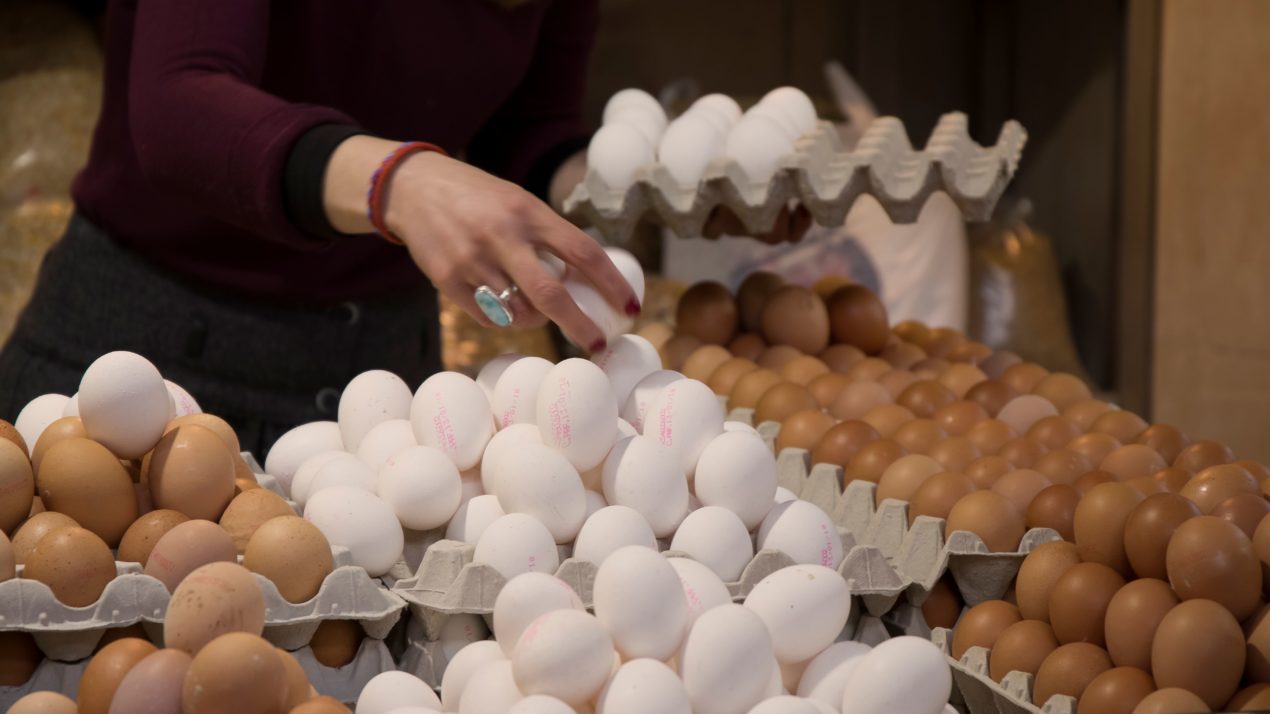
Wisconsin egg production during July was 181 million eggs, down 2 percent from June and down 8 percent from a year ago, according to the latest report from the USDA’s National Agricultural Statistics Service.
The average number of all layers on hand during July was just over 7 million, down 6 percent from June and down 10 percent from last July. Eggs per 100 layers for July were roughly 2,570, up 4 percent from last month and up 2 percent from last year.
Nationally, egg production is up 1 percent from a year ago at nearly 9.4 billion during July. Production included 8.1 billion table eggs, and nearly 1.3 billion hatching eggs, of which more than 1.2 billion were broiler-type and 74.7 million were egg-type.
The average number of layers during July totaled 385 million, up 1 percent from last year. July egg production per 100 layers was roughly 2,440 eggs, down slightly from last July.
Total layers in the U.S. on Aug. 1 totaled 385 million, up 1 percent from last year. The 385 million layers consisted of 319 million layers producing table or market type eggs, 62.8 million layers producing broiler-type hatching eggs, and nearly 2.9 million layers producing egg-type hatching eggs.
Rate of lay per day on Aug. 1 averaged 78.8 eggs per 100 layers, down 1 percent from a year before. Egg-type chicks hatched during July totaled 50.4 million, up 9 percent from last July. Eggs in incubators totaled 44 million on Aug. 1, down 5 percent from a year ago.
Domestic placements of egg-type pullet chicks for future hatchery supply flocks by leading breeders totaled 199 thousand during July, down 32 percent from last year. Broiler-type chicks hatched during July totaled 844 million, down 1 percent from a year before. Eggs in incubators totaled 718 million on Aug. 1, up 4 percent from a year ago.
FarmFirst Approves Latest USDA Announcement

FarmFirst Dairy Cooperative approves of USDA’s recent announcement regarding improvements to the Dairy Margin Coverage Program in addition to the news of the Pandemic Market Volatility Assistance Program.
FarmFirst Dairy Cooperative President John Rettler, a dairy farmer from Neosho, says the program updates the feed cost formula to better reflect the actual cost dairy farmers pay for high quality alfalfa. This change will be retroactive to January 2020 and is expected to provide additional payments of about $100 million for 2020 and 2021.
“Making improvements to the Dairy Margin Coverage program has been a priority for FarmFirst and we are glad to see the change become a permanent part of the safety net program,” Rettler says. “Finessing and perfecting the smaller details of the dairy margin coverage formula allows it to reflect actual costs make a world of a difference for dairy farmers; in that it becomes a much more accurate compensation of losses experienced.”
FarmFirst has also been a long-time advocate for the Supplemental Dairy Margin Coverage program, which will reflect modest increases in farm milk production history.
“These small improvements to the program allow it to more accurately reflect farmers’ true margin losses and in turn, allow the program to perform as it was intended to — to support dairy farmers when their cash flow is tight,” Rettler says.
FarmFirst also approves of the Pandemic Market Volatility Assistance Program. Rettler explains that this program will have minimal impact on cooperative members and dairy farms in the Upper Midwest due to lower Class I utilization, but others in the country will benefit.
Wisconsin Represented At Cattle Convention
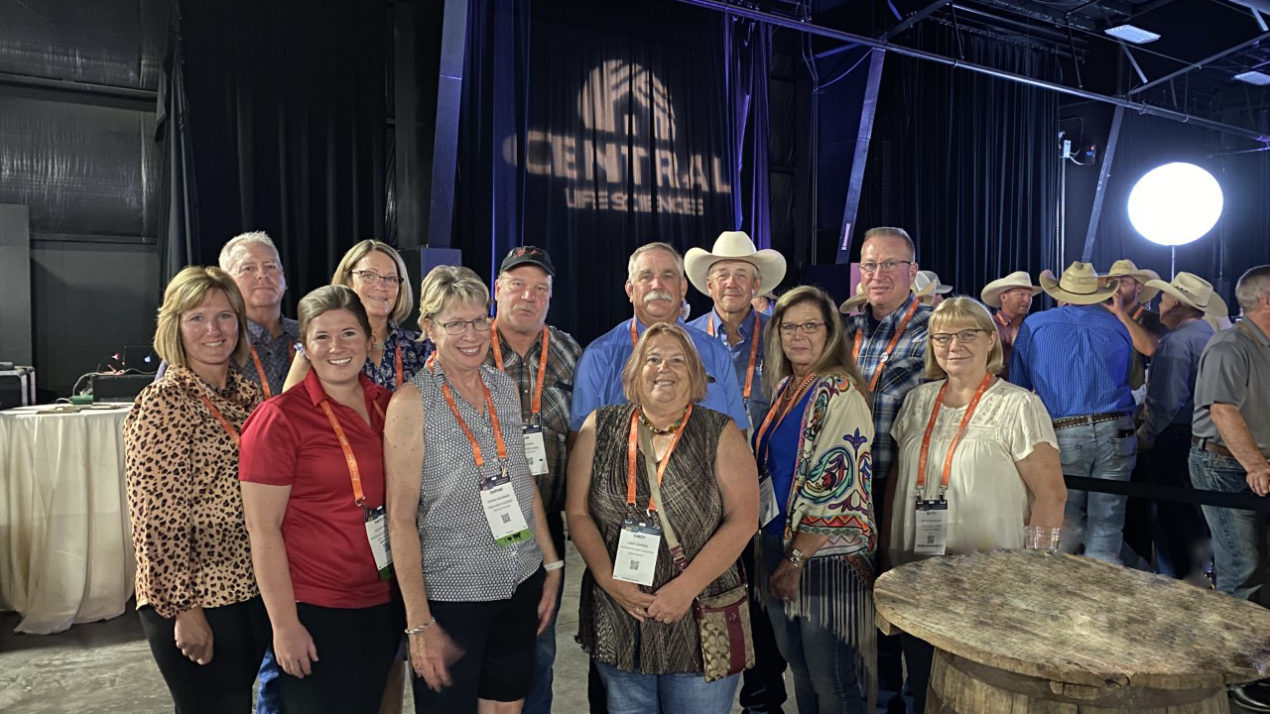
Wisconsin beef leaders helped set the course of the industry by lending their voices to Beef Checkoff programs and initiatives at the 2021 Cattle Industry Convention in Nashville this month.
Typically, the cattle industry comes together twice a year to discuss current issues and work on strategies for the betterment of the beef cattle industry and to drive demand for beef.
Wisconsin was represented by its four members on the Cattlemen’s Beef Board: Daphne Holterman, Watertown; Bob Mitchell, Wauzeka; Terry Quam, Lodi; Steve Springer, Linden. Eric Johnson of Dane also attended and joined committee meetings as a Federation of State Beef Councils member, and Tammy Vaassen acted as an ex-officio committee member as the executive director of the Wisconsin Beef Council.
“There are all sorts of things that happen behind the scenes when it comes to exports and working with companies, people, and organizations to move beef,” Holterman says. “They just completed a five-year Long Range Plan for beef, which I think is excellent. It is basically growing demand for U.S. beef around the world and growing consumer trust in beef.”
The focus for the Beef Checkoff committees at this meeting is to prioritize projects from national contractors. There are five national Beef Checkoff Committees: Consumer Trust; Domestic Marketing; International Marketing; Nutrition and Health, Safety; and Product Information and Stakeholder Engagement. Each committee heard from several contractors,
including the U.S. Meat Export Federation, National Cattlemen’s Beef Association, American Farm Bureau Foundation for Agriculture, and North American Meat Institute.
“We are looking at projects in my consumer trust committee with sustainable research, beef advocacy training, and support for the Beef Quality Assurance program,” Holterman explains. “We are looking at ways to market veal and support the Veal Quality Assurance.”
The Beef Promotion Operating Committee will meet in September to set the checkoff budget for the fiscal year 2022.
More Dairy Insights From PDPW
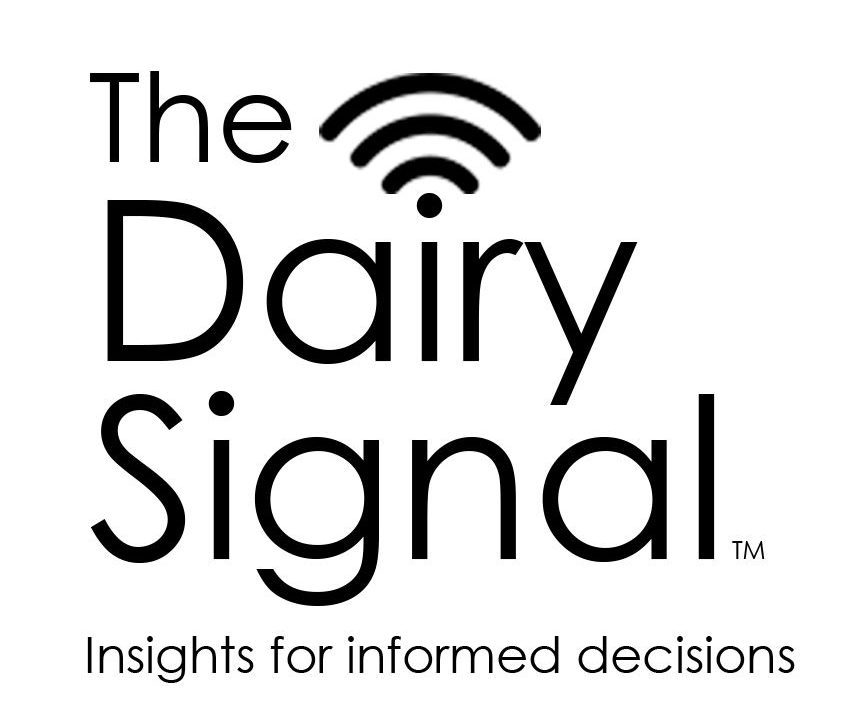
Professional Dairy Producers® (PDPW) announces the line-up of speakers for week 72 of The Dairy Signal™ educational programs. Episodes will include updates on the upcoming corn silage harvest, a showcase of graduate research and an in-depth presentation on keeping the mind and body healthy. Here’s a look at the upcoming presenters and topics:
Tuesday, August 24
Topic: With corn silage harvest right around the corner, hear projections for harvest timing and quality testing and learn about InField Updates to provide free updates on silage moisture and quality in your region. Also learn helpful tips from an experienced nutritionist for developing a cost-effective plan if forage quality or yield is limited. Episode presenters include:
⦁ Dr. John Goeser, PhD, Director of Nutritional Research & Innovation at Rock River Lab, Inc., and Adjunct Assistant Professor in the Dairy Science Department at UW-Madison
⦁ Bill Reyes, Consultant and Owner, Royal Ag Services, Canyon, TX
Wednesday, August 25
Topic: Graduate research showcase will focus on translating and evaluating applications of novel concepts on dairy farms, including meta-analysis of studies with wet corn gluten feed, assessing whether Enogen corn silage is ready to feed more quickly post-harvest than conventional silage, econometric analysis of different approaches to dairy farm expansion and commercial farm assessment of post-calving inflammation and associations with health and productivity. Episode presenters include:
⦁ Dr. Barry Bradford, Clint Meadows Endowed Chair in Dairy Management, Department of Animal Science, Michigan State University
⦁ Kirby Krogstad, Graduate Research Assistant, Animal Science, Michigan State University
⦁ Lynn Olthof, Graduate Research Assistant, Animal Science, Michigan State University
Thursday, August 26
Topic: The daily pressures of life and work can lead one down the wrong path. Learn the signs of drug and alcohol abuse, the impact it can have on employees and how you can help. Glean tips on keeping your mind and body healthy, such as making proper food choices to stimulate your mind, getting adequate rest and managing your time well. Episode presenters include:
⦁ Amy Myrdal Miller, MS, RDN, FAND, Founder and President of Farmer’s Daughter Consulting
⦁ Laura Saunders, State of Wisconsin Program Manager, Great Lakes Addiction, Mental Health and Prevention Technology Transfer Center
Developed by fellow dairy farmers from the PDPW Board of Directors, The Dairy Signal is a weekly series of free educational episodes offering insights and resources for fellow dairy farmers and other food system professionals throughout the value chain. The episodes air live from 12:00-1:00 PM CT each Tuesday, Wednesday, and Thursday; recorded sessions are available later in the day.
Each live session offers attendees the opportunity to engage in open Q&A with the speakers through the interactive platform. All Dairy Signal episodes are available to the public at no cost with current and past episodes accessible through www.pdpw.org. For more information, contact PDPW at 800-947-7379 or by emailing [email protected] Follow along digitally in advance of and during the sessions by following @dairyPDPW and using #TheDairySignal on Facebook, Twitter, Instagram, and LinkedIn.
USDA To Cover Organic Certification
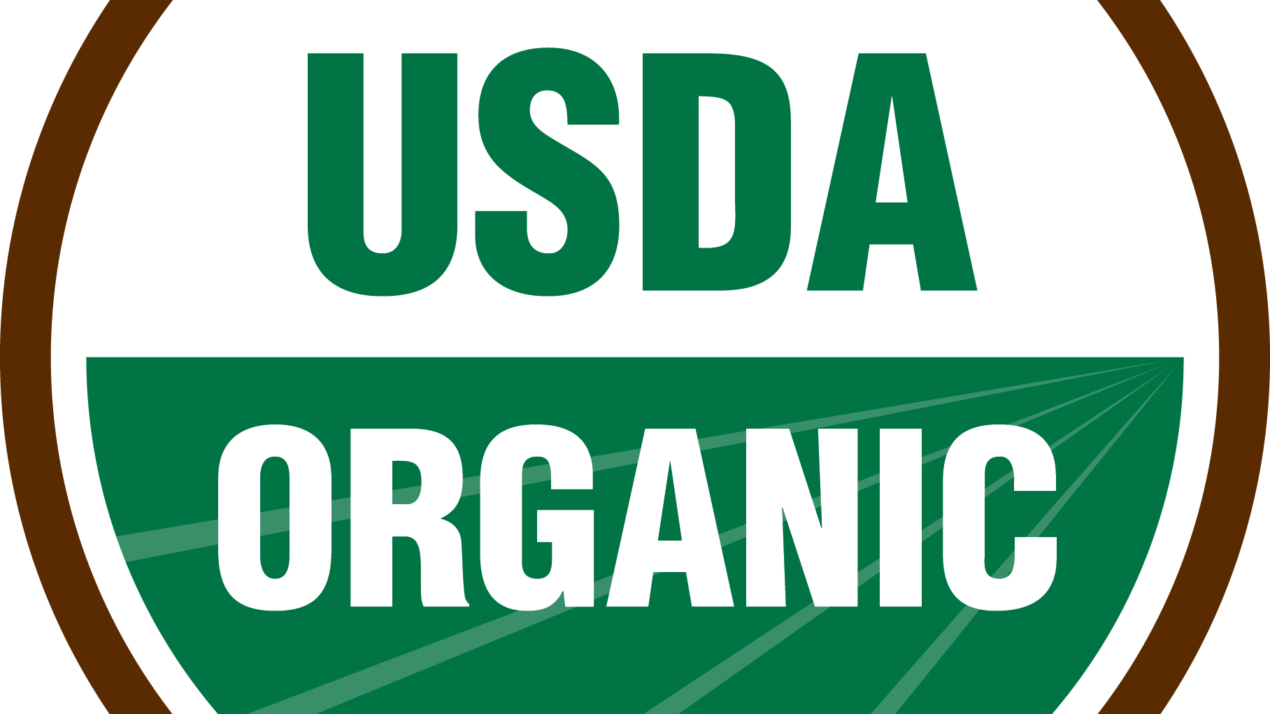
Organic producers and handlers can now apply for U.S. Department of Agriculture (USDA) funds to assist with the cost of receiving or maintaining organic certification. Applications for the Organic Certification Cost Share Program (OCCSP) are due Nov. 1, 2021.
“USDA is here to help all producers, including those who grow our nation’s organic food and fiber. Many farmers have told us that cost was a barrier to their ability to get an organic certification,” said Tyler Radke, Acting State Executive Director for the Wisconsin Farm Service Agency (FSA). “By assisting with the costs, this program can help organic farmers get their certification along with the benefits that come with it.”
OCCSP provides cost-share assistance to producers and handlers of agricultural products for the costs of obtaining or maintaining organic certification under the USDA’s National Organic Program. Eligible producers include any certified producers or handlers who have paid organic certification fees to a USDA-accredited certifying agent during the 2021 and any subsequent program year. Producers can be reimbursed for expenses made between Oct. 1, 2020 and Sept. 30, 2021 including application fees, inspection costs, fees related to equivalency agreement and arrangement requirements, travel expenses for inspectors, user fees, sales assessments and postage.
For 2021, OCCSP will reimburse 50% of a certified operation’s allowable certification costs, up to a maximum of $500 for each of the following categories (or “scopes”):
· crops
· wild crops
· livestock
· processing/handling
· State organic program fees.
Organic farmers and ranchers may apply through an FSA county office or a participating state agency. This funding will be complemented by an additional $20 million for organic and transitioning producers through the Pandemic Assistance for Producers initiative. More information on that funding will be available in the coming weeks. To learn more about organic certification cost share, please visit the OCCSP webpage, visit usda.gov/organic, or contact your local USDA Service Center.
State Fair Culinary Winners Named

Wisconsin Farm Bureau’s Ag in the Classroom program sponsors an annual culinary contest at the Wisconsin State Fair. Winners from the August 8 contest have been announced. This year’s contest theme was “Wisconsin Dreamin’… Legend-dairy Wisconnie-strone Soup”. Participants had to bring along a label from all Wisconsin products used in the dish. There were 11 entries in this year’s competition.
Elaine Mason of Oconomowoc won first place and $100 for her WI-Sconnie Easy Cordon “No Moo” Soup. Linda Gottlieb of Port Washington placed second and earned $75 for her Wisconsin Garden Potato Soup. Rachel Roszina of Franklin won third prize and $50 for her soup entry. Cindy Paul of Menomonee Falls took fourth place and won $25 for her Wis’conne Soup.
Farm Bureau’s Ag in the Classroom program provides teachers and students K-12 with an understanding of how their food is produced. The program seeks to work within existing curricula to provide basic information on our nation’s largest industry: agriculture.
Wholesale Beef Can’t Keep Up
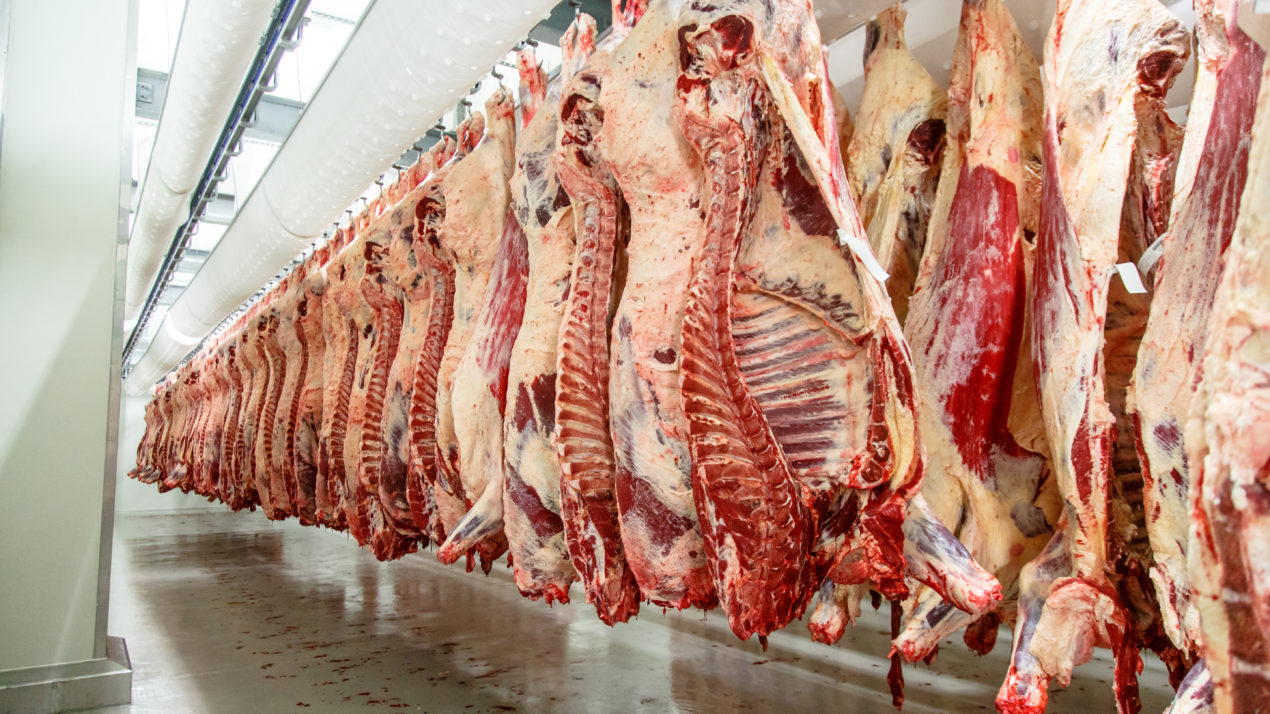
Prepared and written by Jeff Swenson, DATCP Livestock and Meat Specialist. The Market Update draws information from several sources, including trade publications, radio broadcasts, agricultural news services, individuals involved in the industry as well as USDA NASS and AMS reports.
■ Packers may be working on the largest weekly harvest we have seen in recent weeks. Boxed beef prices continue to increase and harvest numbers haven’t kept up with orders from retailers. Last week’s estimated harvest was 639,000 head, 2,000 less than the previous week. Live steer weights are nine pounds lighter than last year, although carcass weights were two pounds higher than last week. There is absolutely no doubt that demand for beef remains strong. CattleFax Vice President of Industry Relations and Analysis Kevin Good spoke at the Cattle Industry Conference in Nashville last week and said both consumer and wholesale demand are at 30 year highs. Good said prices for all classes of cattle are projected to trade higher over the next three years. Beef exports continue at the slow pace we’ve seen in the past weeks with sales for 11,100 metric tons according to the latest report.
■ Last week’s estimated hog harvest was 2.415 million head, and that is 94,000 more than the previous week. July harvest was 10 percent below 2020. There’s typically an increase in hog supply as we head into fall, and while we might see supply grow, it’s unlikely we’ll see a huge jump in market hog numbers. There are some that claim pork demand is slowing because the pork cutout value has backed off its recent highs. Loins, butts, and bellies were higher Thursday, with the cutout value posted at $121.40. The most recent weekly trade data showed sales of 20,000 metric tons of pork. Mexico was the lead buyer, placing orders for 6,900 metric tons. China was absent from the sales roster this week.
■ July retail prices for beef and pork were just over 10 percent higher than last year. Beef averaged $7.53/pound in July. The average retail prices began 2021 at $6.40/pound. Pork averaged $4.60/pound in July compared to the January 2021 price of $4.10/pound. While the retail price of meat continues to rise, the Bureau of Labor Statistics (BLS) reports the U.S. consumer price index rose 0.5 percent in July, the lowest month-on-month rise since February. The BLS also reported total non-farm payroll employment rose by 943,000 in July, and the unemployment rate declined by 0.5 of a percentage point to 5.4 percent. Financial markets have been watching the increased COVID 19 cases and concerns about the Delta strain slowing economic recovery. Consumer sentiment for August was 70.2, 13.5 percent lower than July and 5.3 percent below July 2020.
■ Recent rains helped improve Wisconsin row crops. Corn rated good to excellent in the state was up three percentage points at 80 percent. Soybean condition was 77 percent good to excellent, three percentage points above last week. All hay condition was rated 73 percent good to excellent, one percentage point below last week. Pasture condition was rated 62 percent good to excellent, two percentage points above last week.
■ Choice beef breed steers and heifers at Wisconsin and surrounding state auction markets were mostly steady. High-yielding, high-grading cattle brought $108.00 to $126.00/cwt with highs to $130.00/cwt and a few above. Choice and Prime Holstein steers were mostly steady, bringing $92.00 to $115.00/cwt. There were some packages of Holstein steers selling above $115.00/cwt. Silage fed, under finished, or heavy dairy breed steers brought $70.00 to $94.00/cwt. Dairy x Beef steers were mostly $90.00 to $124.00/cwt. Cows were lower at $39.00 to $60.00/cwt. Blemish free cows in fleshier condition were selling to the low $70.00s/cwt. Doubtful health and thin cows were bringing $39.00/cwt and down. Dairy breed bull calves were lower at $30.00 to $75.00/cwt with heavier, well cared for calves up to $125.00/cwt. Beef and beef cross calves brought up to $300/cwt. Market lambs sold to $230.00/cwt.
Find more DATCP news in our newsroom, on Facebook, Twitter, and Instagram.

